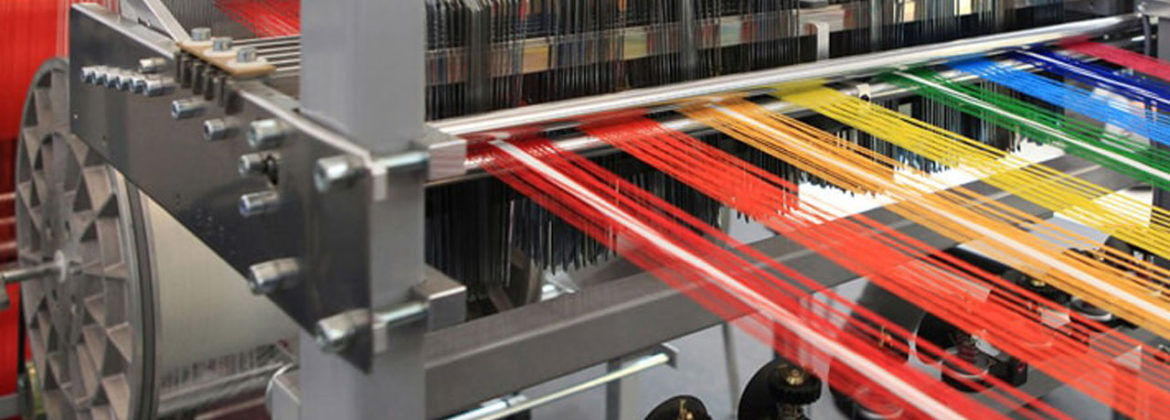For Emergency Call +92-21-36412021

1950:
In 1950 Textile industry was started in our country. PIDC came into being which had the main objective of industrializing the country in major fields. The modern development of the sector started in 1953 with the inauguration of the Valika textile Mill at Karachi.
1960:
In mid-sixties there were about 180units of textiles bleaching, printing and processing units, mostly situated in Karachi and Punjab. New private investment began with a highly protected home market. Newly established mills were based upon imported technologies but there was a lack of technical staff and shortages of capital.
1970:
In 1970-71 there were 113 textile units and the industry had 2,605 thousand spindles and 30 thousand looms. After the separation of East Pakistan Cotton Export Corporation of Pakistan was established which meant that most of the private sector work was taken over by the state. The textile industry suffered heavy losses because the export of cotton was controlled by the CEC.
1980
There was a rapid growth in spinning sector till 1980-81 spinning continued to expand. The eighties brought a relief to the textile industry due to the boom in international market and industry friendly policies of the government.1980.
1990-98:
World demand for good quality, wide width fabrics grew and replacement and a modernization process started. Machinery for producing garments and made-ups was also freed from import duty. As a result, a huge expansion in the spinning sector took place in the first five years of the 1990s.The number of units rose to 440 in1996-97
1999-2008:
In Textile exports share total export of Pakistan has declined from 67% in 1997to 55% in 2008, as exports of other textile sectors grew Textile exports in 1999 were $5.2billion and rose to become $10.5billion by 2007.
2009:
Textile industry is being hit hard due to ongoing energy crisis, depriving the gas supply to the textile units for three days a week. Pakistan’s cotton cultivation has declined also due to several factors ranging from cultivation of traditional varieties and via traditional methods, poor marketing, and failure in making timely payments to cotton producers.
2010:
Significant changes to the general sales tax (GST) on industrial sector including textiles. (APTMA) had prepared a based report for the federal government in which it has been projected that the textile industry exports would cross over $16 billion compared to its present level of around $8 billion.
2011:
Textile exports stood at $12.5 billion from July 2010 to May 2011.Energy crisis leaves Pakistan textiles in problem
2012:
Pakistan’s $13.8 billion textile industries struggling to survive a critical shortage of energy to run its plants.10 percent of the spinning mills and fabric printing units have shut down, half of the remaining plants are struggling to survive, thousands of textile workers were unemployed, burned tires, and shouted slogans against the government.
2013:
Textile millers and workers were in protest
2014:
New government has done a major achievement which may bring revolution in textile sector

